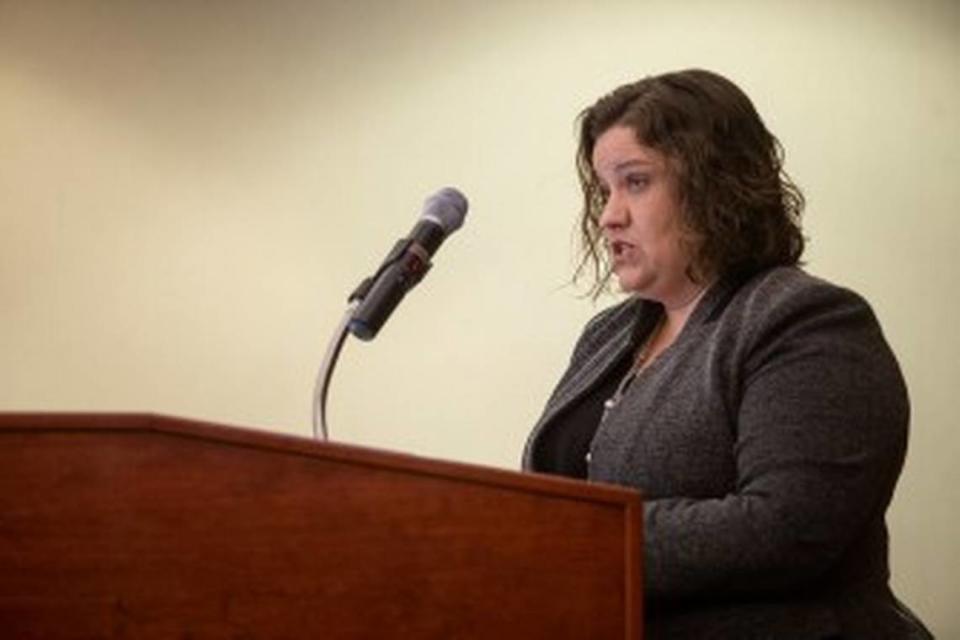Mississippi gives financial aid to students who can already afford college, report shows
Mississippi continued to disproportionately subsidize in-state tuition for white, wealthier students at the expense of working class students of color last school year, according to the annual report released Thursday by the Post-Secondary Education Financial Assistance Board.
Last year, Mississippi continued to spend almost half of its limited financial aid budget on programs that mainly benefit students whose families can already afford to pay for college, according to the report.
Of the 24,797 students who received state aid last school year, 20% were from poor families that make less than $30,000 a year. Nearly 50% of recipients came from families with an annual income greater than $75,000. In Mississippi, the median household income is $45,000.
Broken down by race, the gap is starker. Seventy percent of students who received state aid were white while 20% were Black. Those percentages are nearly identical to OSFA’s report last year.
The demographic breakdown also remained unchanged for each of the state’s three financial aid programs. The Higher Education Legislative Plan for Needy Students, or HELP, grant — the only state aid program that takes need into account — continued to be the most racially equitable. The vast majority of recipients of the Mississippi Eminent Scholars Grant, or MESG, were white students.
A significant reason why working class students of color are disproportionately shut out from state financial aid has to do with the programs’ eligibility requirements. Low-income students who are eligible for the Pell Grant are automatically excluded from the Mississippi Tuition Assistance Grant, the most common aid award. HELP and MESG both have relatively high ACT requirements for Mississippi, where the average score is a 20. The minimum ACT score for HELP is a 20, and a 29 for MESG.

Overall, the number of students receiving state aid fell by 1,525. MESG was the only program that saw growth in the number of recipients.
Jennifer Rogers, director of the Office of State Financial Aid. Credit: Eric J. Shelton, Mississippi Today/Report For America
At its meeting Thursday, the Post-Secondary Board touched on potential reasons for this decline. Jennifer Rogers, who directs the Office of Student Financial Aid, said she had expected to see the number of recipients increase. Her office, which oversees state aid programs, had started accepting ACT superscores last year, making it easier for students to qualify. COVID may have affected that. She said it could also be that the state is “maxed out” on the number of students who meet the eligibility criteria for the three financial aid programs.
The board also discussed OSFA’s budget. Last session, for the third year in a row, the agency needed to request an additional appropriation from the Legislature. But for the coming fiscal year, Rogers said her office did not need to ask for deficit spending.
That could impact prospects for the Mississippi One Grant, the new financial aid program that the board proposed last year. In writing the One Grant, the board wanted to create a program that would stay on budget to avoid asking the Legislature for more dollars.
The One Grant has yet to be taken up this session. If passed, it would increase the disparities already present in Mississippi’s state financial aid.
“What I’m hearing is this session is very full and it’s gonna be difficult to address this and get it worked out and get a bill passed,” said Jim Turcotte, board chairman. “I do think that there’s an agreement that we need to do something different because the programs as they are are not sustainable over time.”

